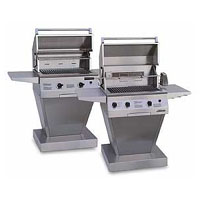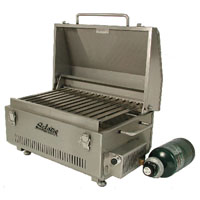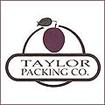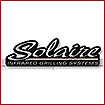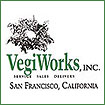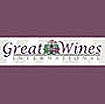INFRARED
Our
27"
Grills offer
outstanding features at a very attractive price. And
they cook great, too! Enjoy the convenience and great
flavor of infrared grilling anywhere you go with this
20/lbs. Portable
powerhouse.
In
the simplest terms, infrared energy is light that we
cannot see, but our bodies can detect as heat. It
is part of the electromagnetic spectrum that includes
radio waves, X-rays and visible light. All of these
forms of energy have a specific frequency, as represented
in the chart below.

Infrared
energy is comprised of those frequencies that exist
just below the red end of the visible spectrum, and
for cooking properties they have a very unique benefit
- when they strike organic molecules (such as any type
of food), they cause the molecules to vibrate, thereby
creating heat. Although almost any type of electro-magnetic
energy can cause heating, for the purpose of cooking,
infrared energy is the perfect choice.
RADIANCE
VS. CONVECTION
Without getting overly
technical, heat transfer can occur one of three ways
- conduction, convection or radiation. Conduction requires
direct contact between two objects and is used frequently
in cooking. Sauteing and pan-frying both rely on conduction
to work. Convection relies on heat transfer via a liquid
or gas. The heated molecules of air or water physically
bump into other molecules, and transfer some of their
energy. This process is also regularly used in cooking,
whether you are boiling, deep frying or cooking on a
conventional gas grill.
Radiant
heating is different. It does not rely on any intermediary
to conduct heat - it works directly on the molecules
in its path. Because of this, it is highly efficient.
Any heat transfer involves some loss, so when you have
a gas flame, heating air, then heating a radiant, then
heating air some more, then finally heating your food
(as in a traditional grill), you have much more loss
than if that heat energy goes directly from the source
to the food being cooked.
SEEING
IS BELIEVING
Below is a photo of the firebox
of a Solaire InfraVection grill, taken with a normal
camera and with a camera that can detect infrared energy.
On the left side is the ceramic infrared burner; on
the right is the traditional convection burner.
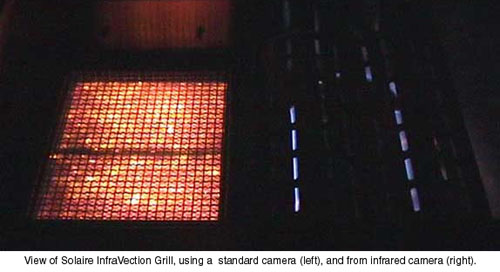
View
from standard camera View from infrared camera
There
are two important things to notice in the infrared image.
First, the IR burner looks much brighter in infrared.
This is because the camera is taking the infrared energy
and converting it to visible light. Second, notice that
the steel vaporizer plate over the convection burner
looks brighter in the infrared image also. This is because
all hot objects emit some infrared light. As is obvious
from the photo, though, some objects emit better than
others.
WHY
INFRARED IS BETTER FOR GRILLING
When we grill, we are replicating
the oldest cooking method known - the open fire. In
a natural fire, whatever the fuel being used (wood,
charcoal, etc.) there is a tremendous amount of infrared
energy being produced. This is easily verified by color.
A wood fire burns yellow-orange. Coals glow a dull red.
Physics tells us that any heat source will emit light
at a wavelength nearest the wavelength of the dominant
energy production, so, in simple terms, the redder it
gets, the more IR it's producing. A blue gas flame can't
replicate the open fire experience because it simply
produces the wrong "color" of heat.
Another
significant benefit of infrared grills is in moisture
retention. As we discussed earlier, convection heats
by first heating air, then pushing that hot air onto
the food. Think for a minute what a hot wind does to
your skin. It dries it out. A convection grill is doing
the same thing to your food. All that rising hot air
carries away a little bit of moisture each time it blows
by. Infrared energy has an opposite effect, actually
driving moisture away from the surface and deep into
the item being grilled. This process enhances flavor
and creates a succulence that is difficult to replicate
with other cooking methods. Take a look at the complete
Benefits of Infrared page for more details.
STILL
NOT CONVINCED?
Take a look at what
Progress Energy, one of the Southeast's leading gas
suppliers, has to say about infrared cooking.

Other Great Related Links:
What
is Infrared?
What
are the benefits of using Solaire infrared technology.
Products to Buy:
Solaire
Deluxe 27 inch Grill
Solaire
Portable Grill
Solaire
Accesories
View
Prices at:
Food
& Beverage Catalog




